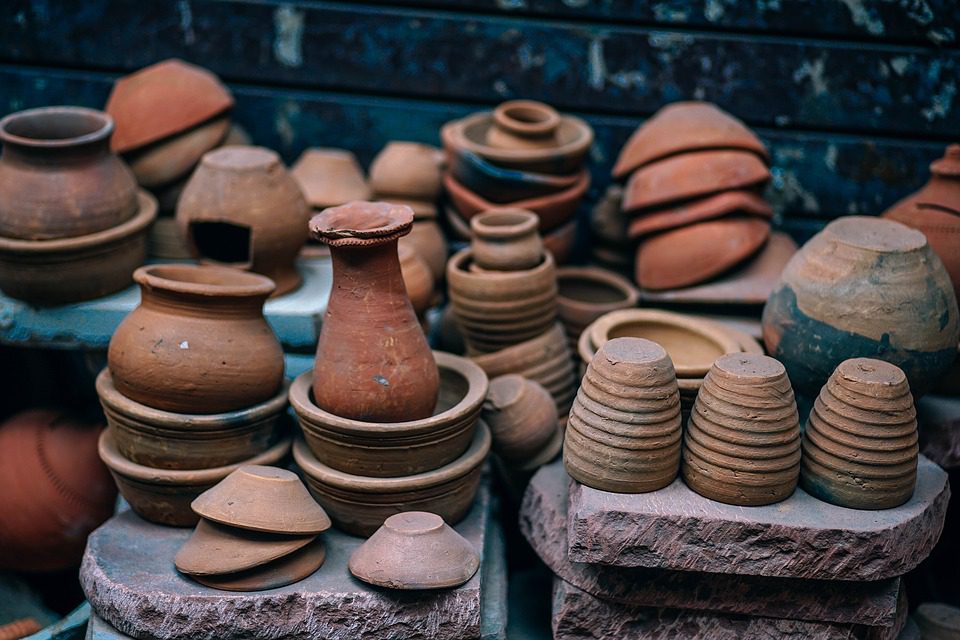The British Museum informs us that a Stonehenge-era chalk drum is one of the most important pieces of prehistoric art that has been found in the last 100 years.
According to CNN, the 5,000 year-old drum will be on exhibit for the very first time next week after being uncovered within an archaic children’s burial place. It will be unveiled six years well after the discovery as part of the British Museum’s “World of Stonehenge” display.
The drum was discovered in 2015 on a country estate near Burton Agnes in East Yorkshire, England, during a regular excavation for the owners to create a structure, according to The Washington Post.
The team of archaeologists from the independent entity Allen Archaeology discovered an old burial site during routine excavation. The remnants of three children, ages 3 to 12, were discovered within the burial site, their bones interlocked for millennia.
Despite its name, researchers do not consider the drum was utilized as a musical instrument. It was more than likely a work of sculptural arts, a talisman, or a children’s toy. According to the Washington Post, the grave is an uncommon find since early people in Neolithic Britain typically left bodies for cremation or even to be eaten by crows.
The British Museum explains that the drum is one of the most intricately decorated items of this time found everywhere in Britain and Ireland. They are stylistically comparable to other Neolithic artifacts recovered in Scotland as well as Ireland, according to Wilkin, implying that prehistoric people were in contact despite vast geographical distances.
The finding comes more than a century after the Folkton Drums were discovered. In 1889, three matching chalk drums were discovered inside the village of Folkton, some 15 miles (24 kilometers) from Burton Agnes.












Leave a Reply